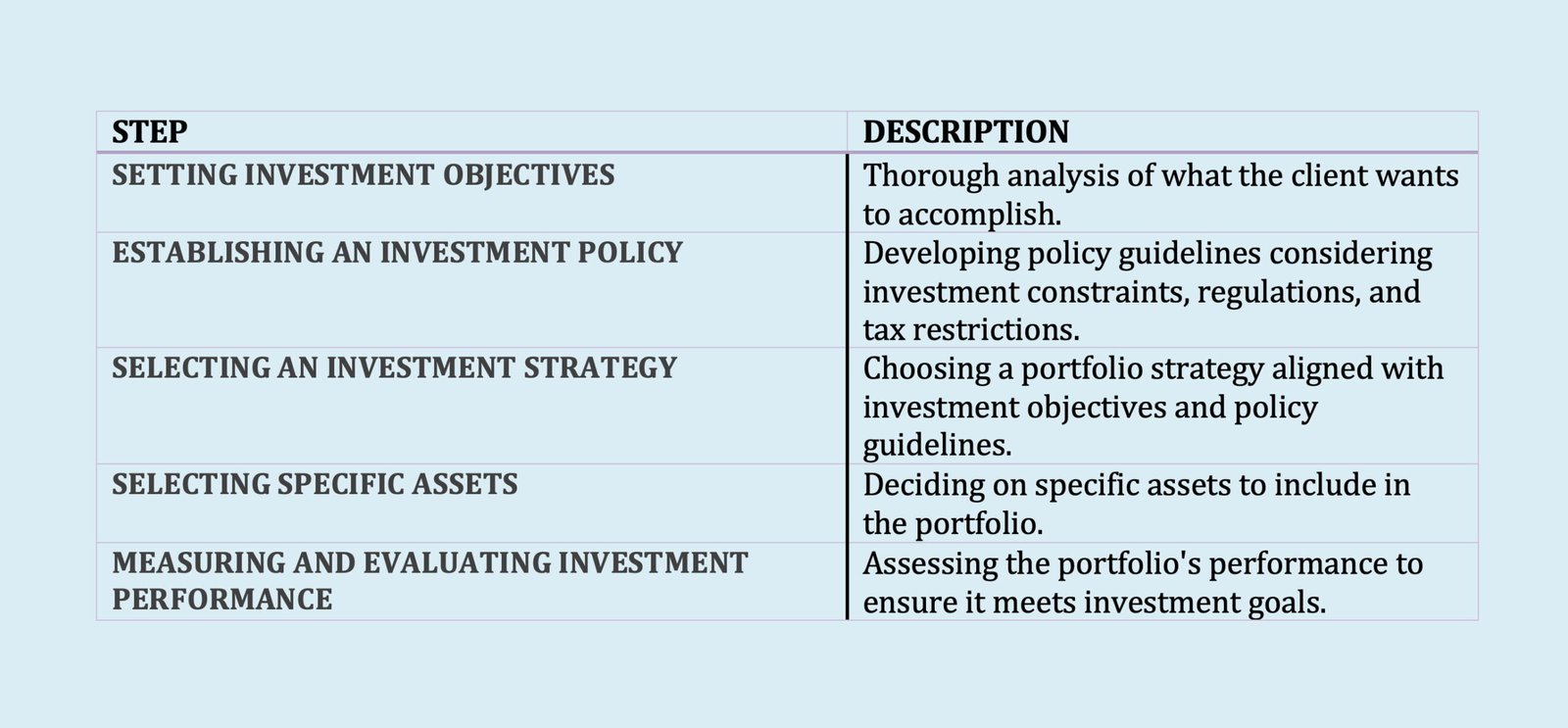Capital Markets and Capital Market Theory
The field of capital markets and capital market theory focuses on the study of the financial system, the structure of interest rates, and the pricing of risky assets.
The financial system of an economy consists of three components:
- Financial markets
- Financial intermediaries
- Financial regulators
As we can see, this contain these three component, we often refer to this area as financial markets and institutions.
Several important topics included in this specialty area of finance are the pricing efficiency of financial markets, the role and investment behavior of the players in financial markets, the best way to design and regulate financial markets, the measurement of risk, and the theory of asset pricing.
The pricing efficiency of the financial markets is critical because it deals with whether investors can “beat the market.” If a market is highly price efficient, it is extremely difficult for investors to earn returns that are greater than those expected for the investment’s level of risk—that is, it is difficult for investors to beat the market.
An investor who pursues an investment strategy that seeks to “beat the market” must believe that the sector of the financial market to which the strategy is applied is not highly price efficient. Such a strategy seeking to “beat the market” is called an active strategy. Financial theory tells us that if a capital market is efficient, the optimal strategy is not an active strategy, but rather is a passive strategy that seeks to match the performance of the market.
In finance, beating the market means outperforming the market by generating a return on investment beyond what is expected after adjusting for risk and transaction costs. To be able to quantitatively determine what is “expected” from an investment after adjusting for risk, it is necessary to formulate and empirically test theories about how assets are priced or, equivalently, valuing an asset to determine its fair value.

The fundamental principle of valuation is that the value of any financial asset is the present value of the expected cash flows. Thus, the valuation
of a financial asset involves:
- Estimating the expected cash flows
- Determining the appropriate interest rate or interest rates that should be used to discount the cash flows
- Calculating the present value of the expected cash flows
For example, in valuing a stock, we often estimate future dividends and gauge how uncertain are these dividends. We use basic mathematics of finance to compute the present value or discounted value of cash flows. In the process of this calculation of the present value or discounted value, we must use a suitable interest rate, which we will refer to as a discount rate. Capital market theory provides theories that guide investors in selecting the appropriate interest rate or interest rates.

